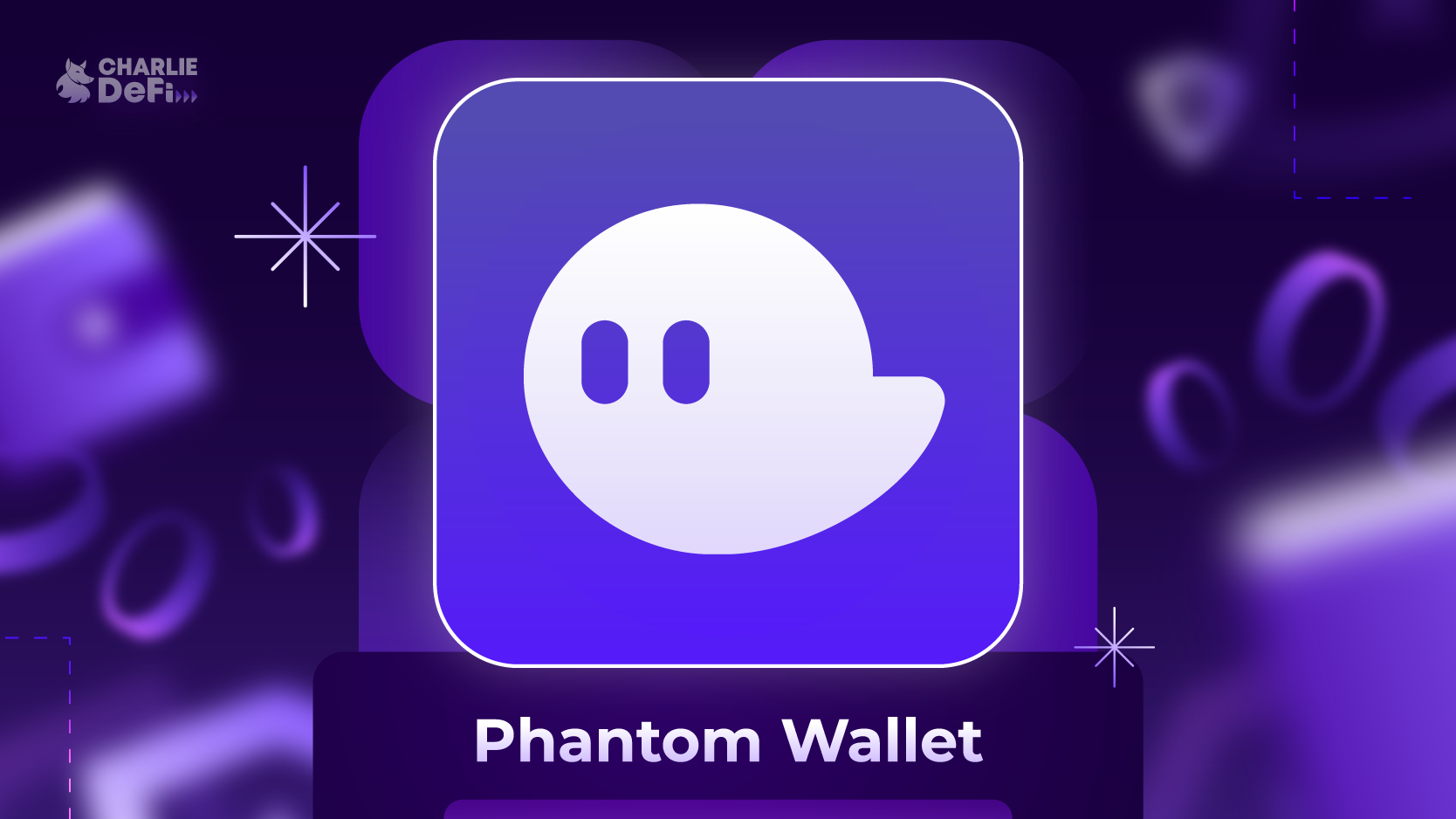So, I was messing around with my Solana wallet the other day, and wow, NFTs on this blockchain are something else. Seriously, the speed and low fees blew me away right off the bat. Something felt off about Ethereum’s gas fees all along, but diving into Solana’s ecosystem gave me a fresh perspective. It’s like discovering a shortcut in a city you thought you knew well.
Here’s the thing. NFTs aren’t just digital art anymore—they’re evolving into dynamic assets you can stake, trade, or even use within games. On Solana, this experience feels way more accessible, especially when paired with the right wallet. My go-to has been the Phantom Wallet extension, and I gotta say, it’s streamlined everything from holding NFTs to staking SOL in a way that just clicks.
At first, I thought staking SOL was just for the “buy and hold” crowd, but then I realized there’s a lot more nuance. Staking not only secures the network but also rewards you passively, which is pretty sweet if you’re holding SOL long-term. The Phantom Wallet makes managing all this surprisingly painless. I mean, no more juggling multiple apps or worrying about clunky UX.
On one hand, I was skeptical about browser extensions—security can be a real concern. Though actually, Phantom seems to nail the balance between usability and safety. It’s got that smooth, intuitive interface but also keeps your private keys locked tight. (Oh, and by the way, I checked out their security docs; they’re transparent enough to make me comfortable.)
Really? Yeah, and beyond just security, the integration with Solana’s NFT marketplaces is slick. You can see your NFT collection, stake SOL, and even swap tokens without leaving the wallet. Initially, I thought it might feel cluttered, but Phantom keeps things clean and simple — which is impressive given all its features.

Why Phantom Wallet Feels Like the Right Choice
I’m biased, but the Phantom Wallet extension has become my daily driver for all things Solana. It’s like having a Swiss Army knife for crypto, especially for NFTs and SOL staking. The onboarding is quick too — you can set it up in minutes and start exploring. Compared to some wallets that require a PhD in cryptography, Phantom’s user experience is refreshing.
Check this out—staking SOL through Phantom is almost effortless. You delegate your tokens to a validator directly via the wallet, and the rewards start rolling in. No complicated command lines or third-party sites needed. Plus, the wallet shows your staking status and rewards right there on the dashboard. That transparency really helps build trust, which is huge in crypto.
Okay, so I ran into a little snag once—when I was trying to stake a small amount of SOL, the minimum delegation threshold tripped me up. Something I didn’t catch at first, which caused a brief panic. But the wallet’s support and community forums pointed me in the right direction quickly. This part bugs me a bit because beginners might get stuck, but the overall experience is still very user-friendly.
Actually, wait—let me rephrase that. The staking process isn’t perfectly seamless for total newbies, but it’s way more approachable than I expected. Plus, Phantom constantly updates its UI, so I wouldn’t be surprised if they smooth out these little bumps soon. Their commitment to improvement is clear.
Something else worth noting is how Phantom handles NFT transfers and viewing. No lag, no clutter—just clean galleries that make your digital collection shine. I’m not 100% sure, but they might even be planning to support more interactive NFT features soon, like in-wallet auctions or lending. That’d be a game changer.
Exploring NFTs on Solana: More Than Just Pixels
Remember, NFTs on Solana aren’t just static images or collectibles; they often come with smart contract perks like royalties and programmable features. This is where the Phantom Wallet really shines because it supports these advanced functions without overwhelming the user. I find myself experimenting more and more with DeFi projects that integrate NFTs—staking your NFT to earn rewards? Yeah, that’s a thing now.
On one hand, Ethereum still dominates the NFT scene, but Solana’s rising fast and offers a much smoother ride. Though actually, I think the real win is how wallets like Phantom lower the barrier to entry. You don’t have to be a crypto veteran to start playing with NFTs and staking SOL here.
Here’s a quick tip: if you want to dive into Solana NFTs, definitely check out the Phantom Wallet official site for the latest updates and downloads. It’s the safest place to get the extension and ensures you’re not falling for fakes or phishing scams. Trust me, those scams are everywhere.
Something I’ve learned the hard way: always double-check your wallet source. The authentic site is phantom wallet official site. Bookmark it, save it, whatever—it’s worth the peace of mind.
Final Thoughts: Where’s This All Headed?
Honestly, the Solana NFT and staking scene feels like it’s just getting started, and wallets like Phantom are the gateway. I’m excited but also a little cautious—crypto moves fast, and not all shiny new features pan out. Yet, the combination of low fees, fast transactions, and a user-friendly wallet makes me optimistic.
My instinct says that as more folks discover this ecosystem, having a reliable tool like Phantom will be very very important. It’s like having a trusted co-pilot on a wild crypto journey—without it, you’re just fumbling in the dark.
Anyway, if you’re curious, give Phantom a shot. It’s become kinda indispensable for me, and who knows? Maybe it’ll be for you too.
